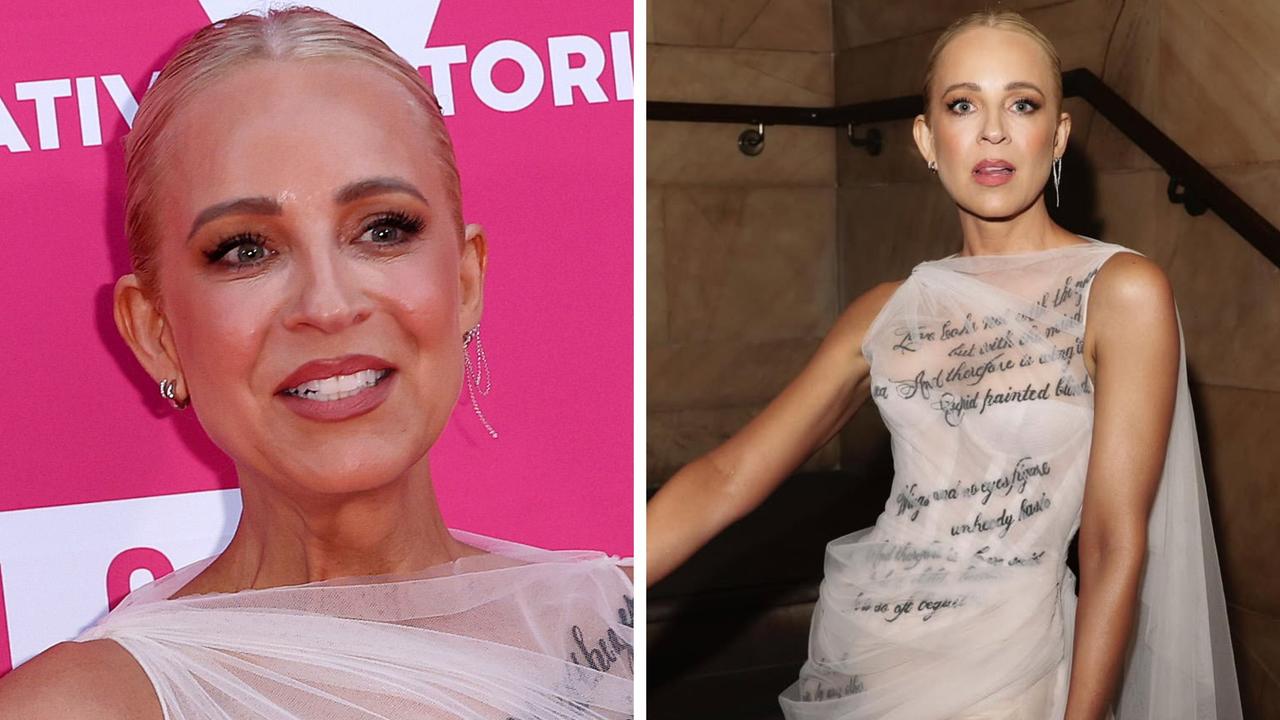Why this year’s Met Gala could be ‘most confused’ yet
Each year, some stars nail the Met Gala theme — while others get it horribly wrong. This year’s proving to be especially tricky.
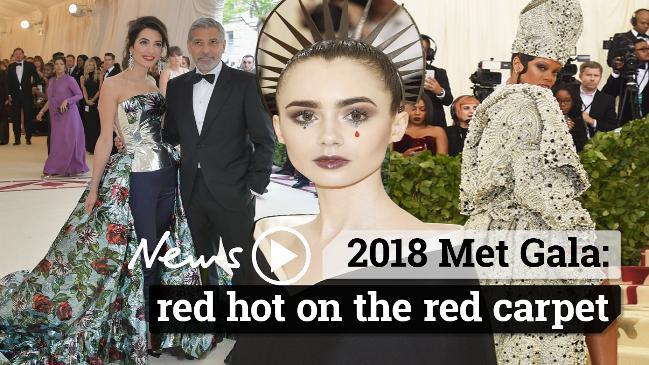
If last year’s Catholic-inspired Met Gala was expected to be the most controversial, this year’s could be its most confused.
On Monday, the Metropolitan Museum will host its annual bash for the Costume Institute, and the theme, “Camp: Notes on Fashion,” reportedly has the glitterati scratching their heads.
It doesn’t help that the theme — for the party and the accompanying exhibit, opening Thursday — comes from a Susan Sontag essay published in 1964.
Even gala impresario Anna Wintour is nonplussed.
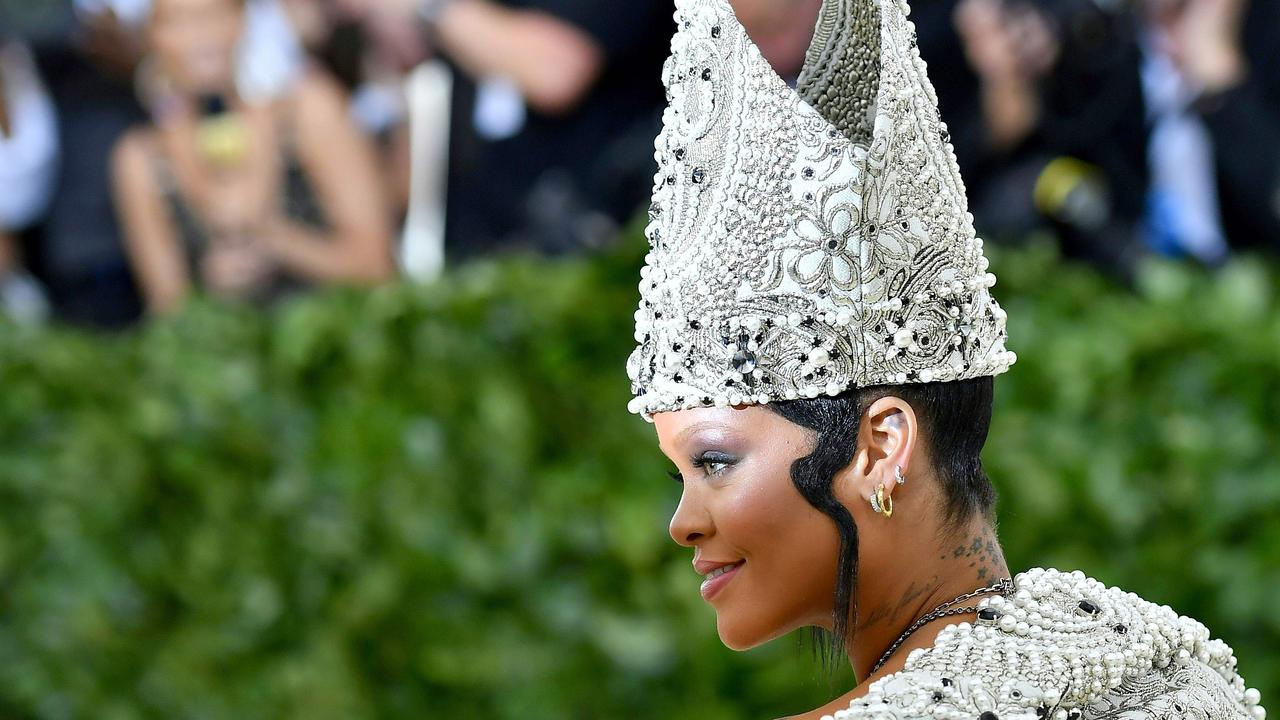
“The only advice I ever really give to (Costume Institute director) Andrew (Bolton) is, whatever the title of the exhibition is, make sure that everybody understands it immediately,” Wintour said in a recent Vogue.com video, adding that the theme “has created a little bit of confusion.”
RELATED: The unwritten rules of the Met Gala
Camp — not the sleeping-outdoors kind, but the sashay-shantay, over-the-top variety seen in the zany films of John Waters or the fabulous excess of RuPaul’s Drag Race — “is an esoteric concept,” historian Monica Sklar, of the Costume Society of America, tells the New York Post.
It’s ironic yet sincere; glamorous yet tacky; so bad it’s good; too much and just right. It’s Joan Crawford and Bette Davis playing up their real-life feud on-screen. It’s Lady Gaga and Bradley Cooper playing up their on-screen melodrama on the Oscars stage. It’s, as Sontag herself explained, “a woman walking around in a dress made of 3 million feathers”.
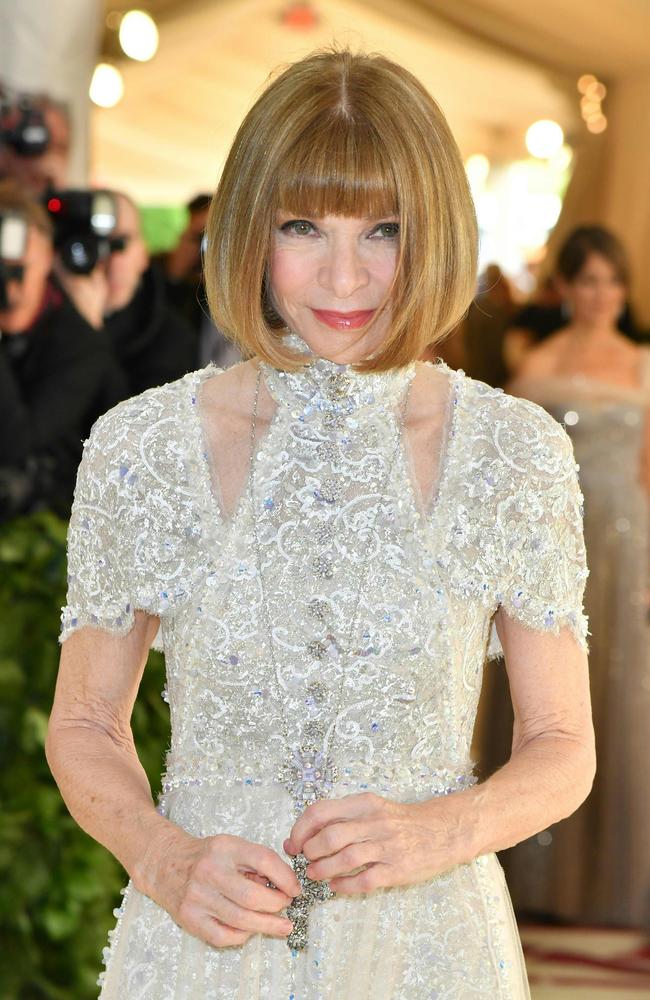
“It’s niche. It’s countercultural. It’s the opposite of ‘Heavenly Bodies,’” Sklar says, referring to the Costume Institute’s last blockbuster. “And it’s absolutely timely.”
Michael Mamp, a fashion professor at Central Michigan University, agrees.
“Camp is about stepping outside of the boundaries of what society typically expects,” he says. “And you see more and more people pushing against those boundaries, especially with gender … Dress and fashion is an incredibly powerful tool to explore that.”
Sontag traced camp back to 17th-century France, where Louis XIV built his shrine to artifice and opulence, Versailles.
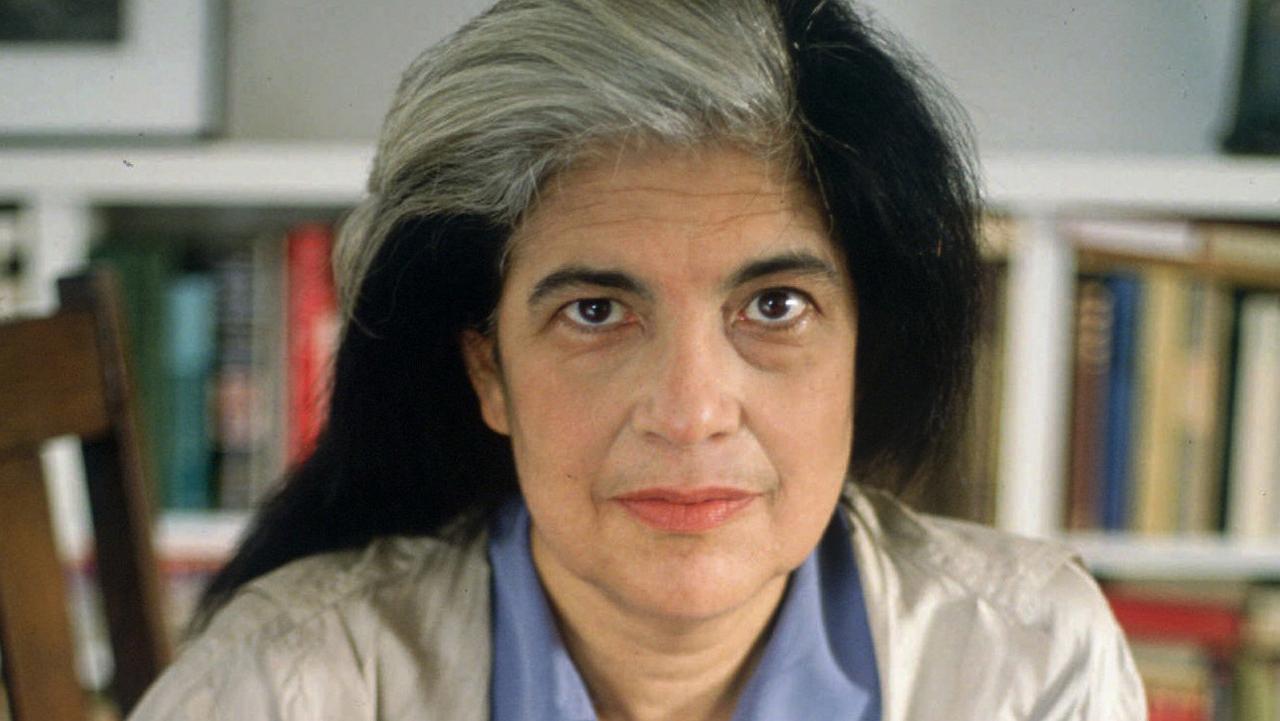
In that gilded palace, members of the court donned voluminous dresses that completely distorted the human body and towering wigs that defied gravity — a trend that reached its apex with the powdered hair sculptures worn by Marie Antoinette.
Yet no one really called the Versailles aesthetic “camp”. And while the word was used in Victorian England — mostly as coded language for homosexuality, including for the flamboyant writer and aesthete Oscar Wilde — it took a long time for a kind of “camp aesthetic” to coalesce.
Hollywood helped.
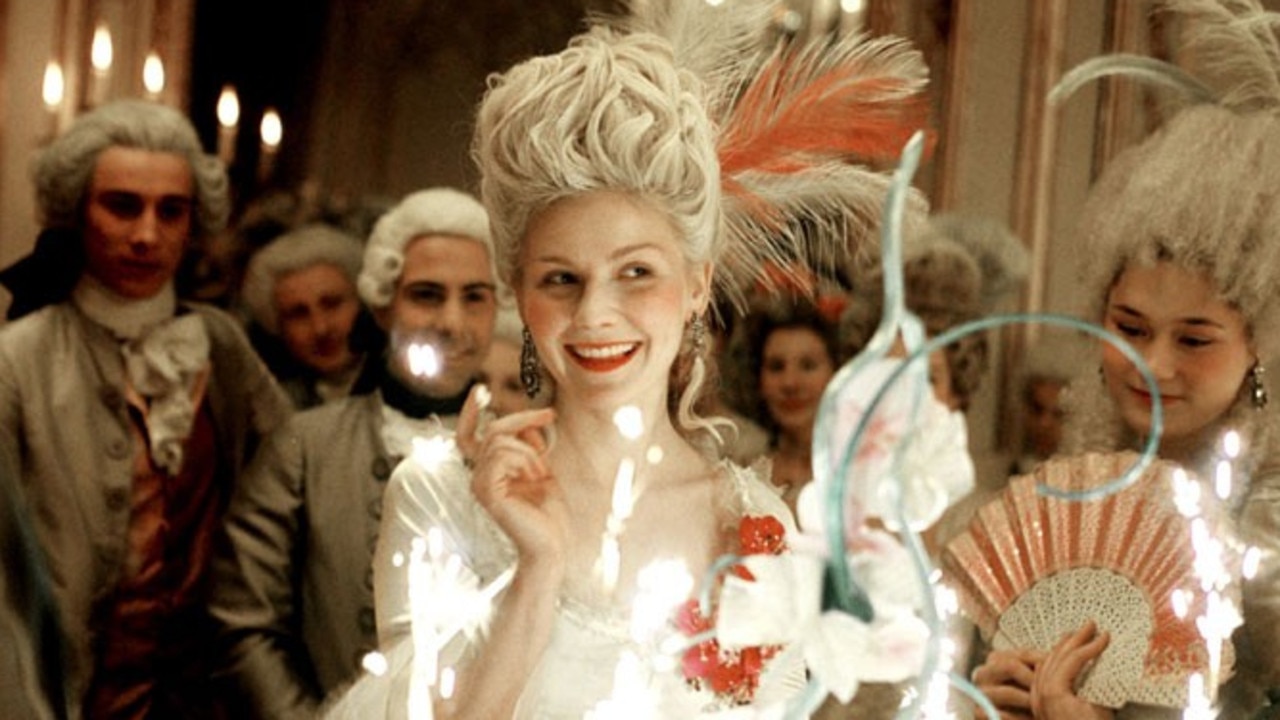
“When we look at early films, particularly of the 1930s, we see these celebrations of beauty that is exaggerated and clearly artificial,” says Mamp.
He cites the gonzo musicals of Busby Berkeley and the glamorous hauteur of stars like Greta Garbo and Marlene Dietrich, who flaunted convention by appearing in drag without diminishing — and maybe even enhancing — their sex appeal.
Instead of turning off viewers, these improbable, often ridiculous fantasies inspired awe.
“When you look at camp iconography, it’s about individuals who have been willing and who have tried — either through mannerism, or dress, or performance — to step outside of their prescribed box or gender expectation,” says Mamp, adding Joan Crawford, Diana Vreeland, Judy Garland, RuPaul and, more recently, Lady Gaga to the mix.
“Camp uses the artificial to express the authentic,” says Mamp, adding that it leads directly to drag — and today’s increasingly experimental attitudes toward gender and individuality.
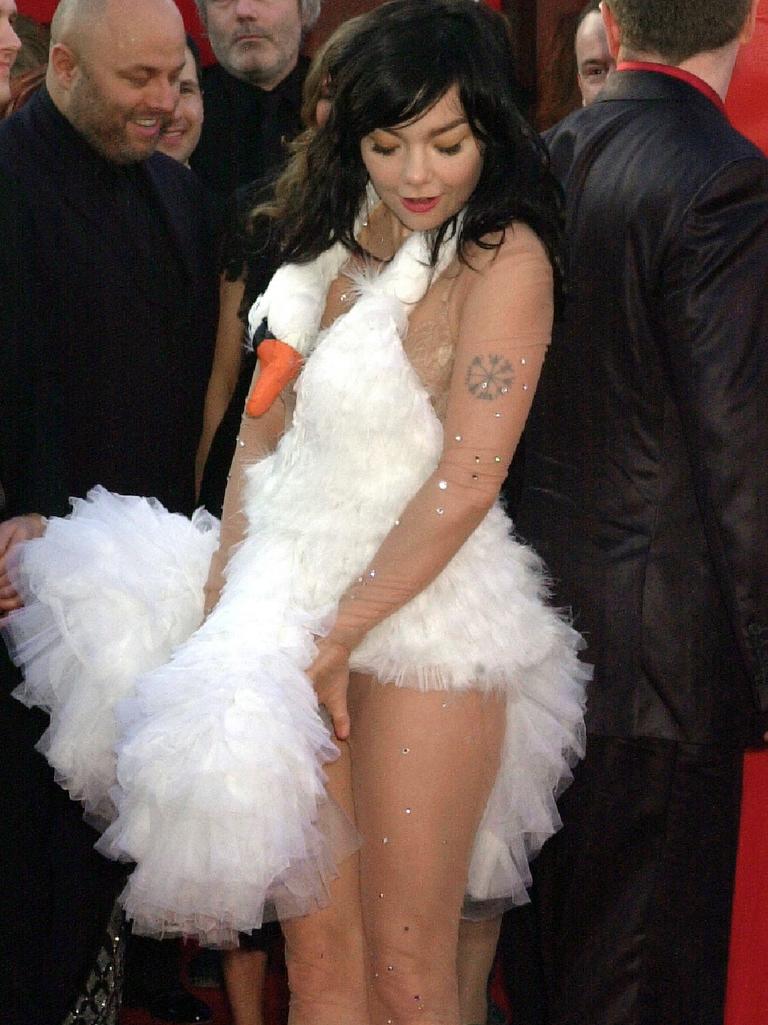
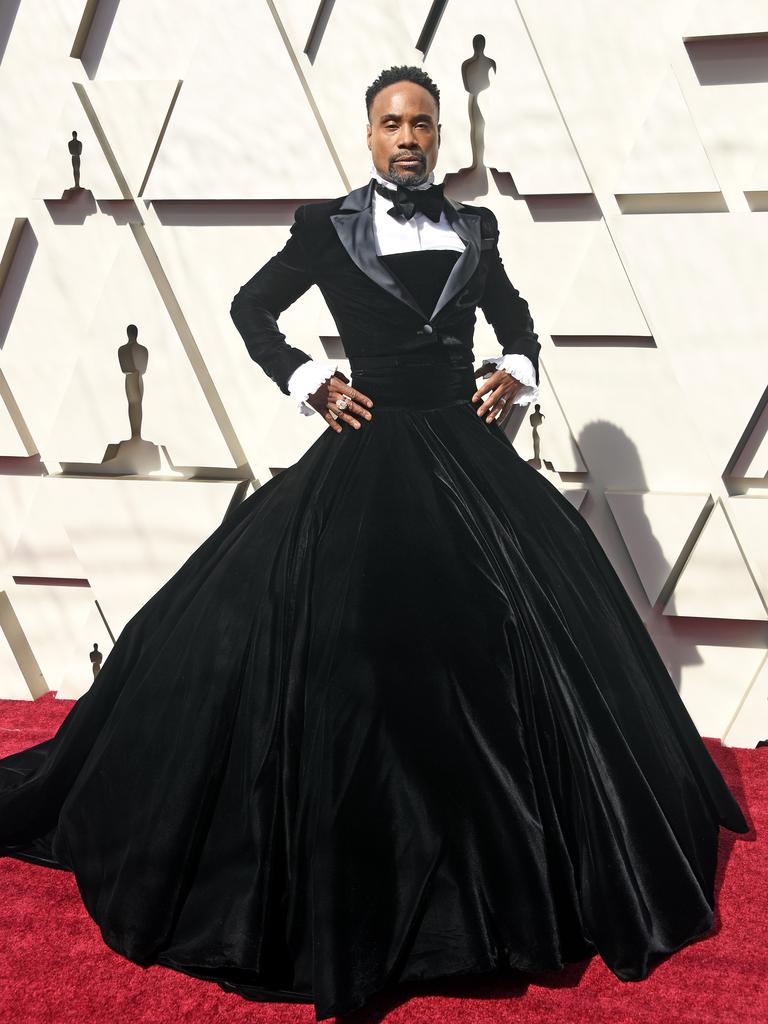
It’s why designers nowadays are particularly drawn to camp. It’s pure fantasy, with a wink. It can transform the body (a la Bjork’s infamous swan dress, or Victor & Rolf’s poufy meme ball gowns); blur one’s gender (think Pose star Billy Porter’s hybrid tux-dress he wore to the Oscars recently) and revel in what camp hero John Waters calls “good bad taste” (Marc Jacobs’ Joan Crawford-printed dresses, Jeremy Scott’s glitzy odes to Vanna White).
“It is neither nihilistic nor self-defensive,” says Sklar, adding that its embrace of the artificial and fabulous is freeing. “You can say it’s empowering.”
The Met Gala red carpet airs live on Foxtel’s E! channel from 7am tomorrow, Tuesday May 7.
This story originally appeared on the New York Post and is republished here with permission.


